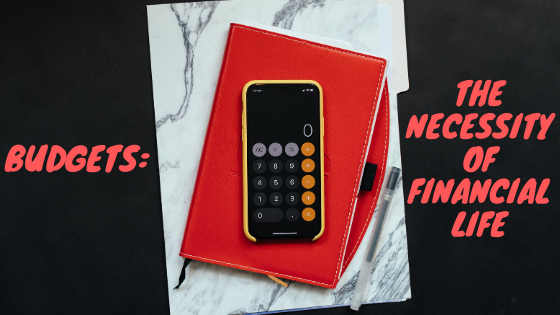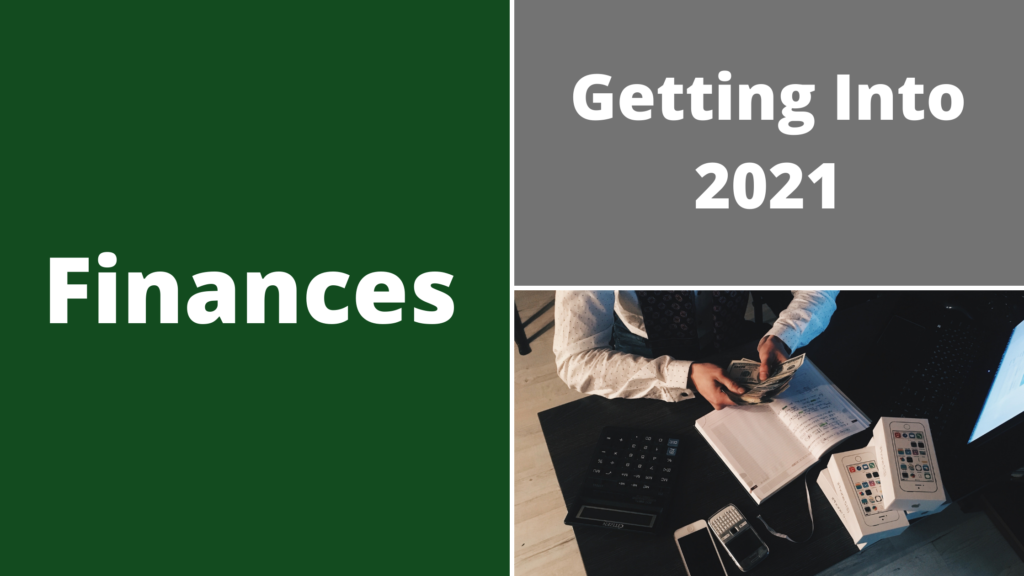
Budgets: The Necessity of Financial Life
The first part of taking control of your finances is by creating a budget. If the thought of doing a budget makes you wince, stick with me. It’s not as bad as you think.
I’m no math whiz. I had a hard time understanding mathematical concepts in high-school, but I managed to get by with a passing grade in academic math. However, once I sat down and figured out how to do a budget, it wasn’t hard at all. This is super simple mathematics: adding and subtracting.

As I explained in my From Fear to Freedom post, I had a fear of finances. More specifically, I felt like I never had enough. I didn’t know exactly how much we made and I couldn’t grasp how much we were spending either. I saw all the things that we needed to spend money on and felt overwhelmed. I wondered if we would be able to keep up with all the needs. Doing a budget helped me to see how much money we actually had. When we listed our income and our expenses, it gave us a much better picture of our financial health.
Let’s liken a budget as a monthly check-up at the doctor’s office. We’re going to be proactive versus reactive. For example, your doctor may check your blood pressure often to make sure your heart is doing well. If he notices it climbing too high, he may prescribe blood pressure medication. But, if you don’t go to the doctor, even though you haven’t been feeling well, you’ll end up in a crisis. You may even need emergency surgery. So, it would be much easier to keep a monthly check-up than to have to deal with the crisis.
By keeping a monthly budget, you can avoid a financial crisis. You can see where you are doing well and where you need to cut back. If your monthly income is $4,000 and you’re spending $2,000 on food, then you definitely need to cut back to meet the needs in other areas.
As Rachel Cruze says, “A budget does not limit your freedom. A budget gives you freedom. It gives you permission to spend.” By giving your money boundaries, you’re able to freely spend within that limit. Let’s say you give yourself a budget of $200 for restaurants each month. You now have the freedom to spend that $200 and to decide where you’re going to spend it. Perhaps you’ll want to have a nice meal out. You’ll spend $100 at say The Keg restaurant. You are now left with $100 for the rest of the month. You could order pizza one week for $20. You could go out for burgers another week for $25. You may grab a sub for lunch one day for $12. You have $43 left for the last week of the month. You could go out for another nice meal, buy your favourite coffee many times, or save it and roll it into the next month. You can count it a victory because you’ve kept within your limit for the month. You will also feel good because you’ve treated yourself with things you enjoy.

So, if you’re wondering how to do a budget, let’s break it down:
Take your income – (ex. $2,600)
Then list all your expenses for the month:
- Giving (Church/charities) – $260
- Savings – $260
- Mortgage/rent – $650
- Utilities – $260
- Gas & Car Maintenance – $260
- Food (Groceries) – $500
- Food (Restaurants) – $100
- Clothes – $50
- Phone – $50
- Personal
– $100
(Hair, fun $, Travel, etc) - Miscellaneous – $110
The numbers above are arbitrary numbers to give you an example. They are rough percentages to give you an idea on how much you should be spending each month.
Your budget should equal $0 by the end of the month. You will still have money growing in your account because you have the savings category. This is one of the categories that you list first and it should be approximately ten percent of your income.
To start,
- list the most important to least important categories in an Excel sheet.
- Go into your bank account and write down every expense you had on your debit and credit cards last month. Write down any cash you spent as well. Then plug all those numbers into the specific categories and total them up.

For example, if you are starting your budget in February, use the numbers from January to give you an idea of what to budget in February. This will give you an example of how much you are spending. When we did this, we were able to see how much we had actually spent in each category, and it really opened up our eyes to our own spending habits. We tweaked the February numbers to make sure we were in the limits of our income.
The first few months to a year can be a little tricky with this. We forgot about some expenses like our CAA membership renewal. So, you will have glitches along the way, but that’s okay. Be sure to have a miscellaneous fund to help catch those things. Make a note at the bottom of the spreadsheet of some items you may have forgotten. Then review the list at the end of the year when you make next year’s budget. You’ll be reminded to add them in.
The more you practice it, the better you’ll become at it. I kept a running list in my wallet of the totals of each category for a while to remind me what I had set. The longer I did it, the better I got at remembering and keeping to the budget. It’s amazing how much you can save and do when you have control of your money and you’re giving each purchase a name.
For those who do a monthly budget, what do you find most helpful? If you’re struggling with figuring out how to create a budget, send me a message and I’d be happy to explain it further. Regardless of whether it is the middle of the month or the year, it’s never too late to start. Create a budget today and start taking control!



Leave a Reply